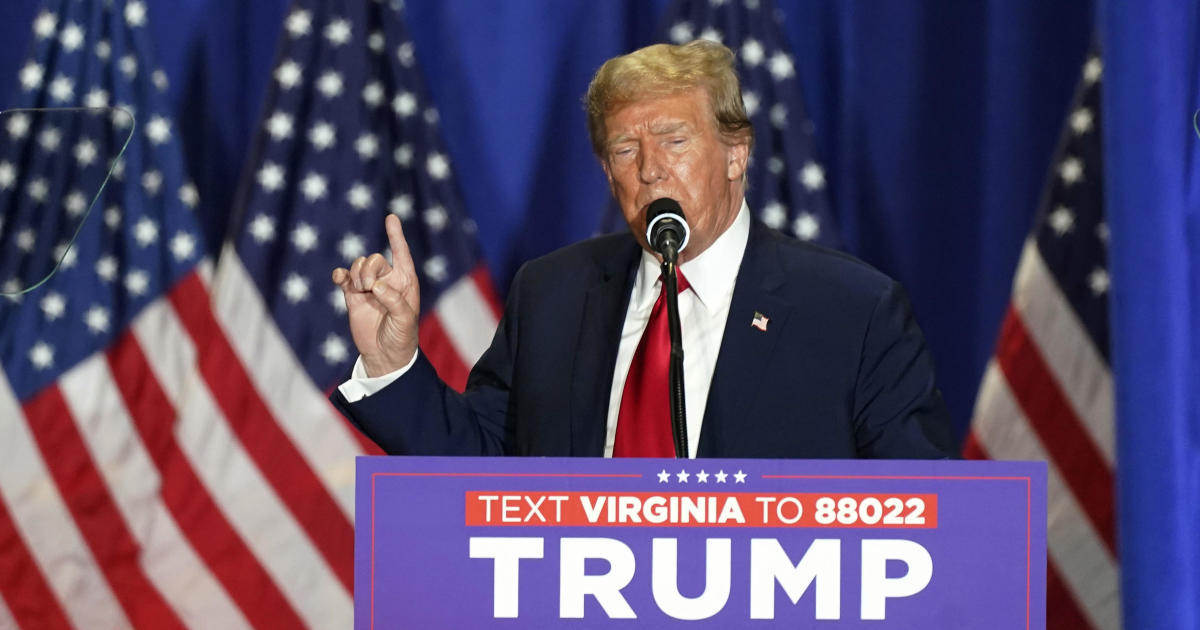Michigan Budget Proposal May Bring Tuition Relief
LANSING (AP) - After what university leaders have sometimes called a "decade of disinvestment," Michigan's public universities are poised to get a rare increase in state funding next fiscal year - and it could bring some tuition relief for students.
The proposed additional state money - 3 percent on average - comes with strings attached, and some universities would fare better than others under the recommendations this month from Republican Gov. Rick Snyder. Universities would be expected to keep their tuition increases at or below 4 percent to get some extra money for the fiscal year that starts Oct. 1.
Smaller tuition increases would be welcomed by Michigan university students, who have faced significantly higher bills in large part because state government reduced taxpayer assistance for general operations over the past decade.
The average, enrollment-weighted listed price of tuition and fees at a public university in Michigan climbed from $6,294 in 2004-5 to $10,837 this academic year for in-state residents, according to The College Board. There's a wide range of tuition costs among the state's 15 public universities, but the general trend has been higher costs.
"It would be wonderful to see tuition not raised so much," said Justin Brugman of Marquette, the president of Northern Michigan University's student government association. "It feels like it's always on the backs of students to come up with the difference that the state is no longer funding. Students are taking on second jobs and trying to take out more loans to pay for it."
The Legislature is just starting to review Snyder's budget proposal, so it's difficult to gauge how the university funding model will look when a final plan is passed later this year. But a possible 3 percent increase would be a significant improvement for higher education funding compared to most of the past decade.
State aid for university operations was cut about 15 percent during the current fiscal year and the reductions would have been steeper if universities hadn't agreed to keep tuition increases limited to roughly 7 percent or less.
Michigan State University President Lou Anna Simon described the proposed budget as a "significant change in direction from the last decade of cuts." Grand Valley State University President Thomas Haas said "it's great news to be discussing an increase" connected to the budget proposal.
About $36 million would be set aside in performance funding, which includes about $9 million for universities limiting tuition increases.
The rest of the incentive money would be split up based on the growth in the number of undergraduate degree completions, particularly in critical skill areas such as science and technology, and the number of undergraduate Pell Grant recipients on campus.
The schools that fare the worst under that model would be the state's main research universities - Wayne State, which would get a 0.9 percent increase not counting the possible tuition incentive, and the University of Michigan-Ann Arbor and Michigan State University, which would get 1.4 percent increases.
Western Michigan University would get a 1.5 percent boost. That's partially because the Snyder formula doesn't factor in postgraduate or advanced degrees and also may tend to hurt universities already performing at top levels in some areas.
Grand Valley State University, which has significantly increased its number of graduates over the past decade, would get a 7.6 percent funding boost under the Snyder plan, not counting the possible tuition incentive. Ferris State University would get a 6.2 percent increase and Saginaw Valley State University would get a 4.8 percent increase.
Business Leaders for Michigan, which includes leaders of some of the state's most prominent companies, is urging policymakers to invest more in higher education as part of a strategy to improve the state's economy.
The executives' organization supports using a broader range of performance measures such as graduation and retention rates, along with consideration of advanced degrees.
The organization also says Michigan universities should be measured against their national peers rather than against in-state schools that have different missions and student populations.
It's too soon to know if the Snyder proposal would offer enough increased state aid to keep tuition levels at or below 4 percent, said Mike Boulus, executive director of the Presidents Council - a Lansing-based organization representing the 15 universities.
Complicating factors are the differences in proposed funding increases and the fact universities still are dealing with the 15 percent cut on the books for this fiscal year.
"It's going to be hard, because our costs of operation have gone up," said Haas, the Grand Valley State president. "We're going to do the best we can to always keep our tuition as low as we can."
© Copyright 2011 The Associated Press. All Rights Reserved. This material may not be published, broadcast, rewritten or redistributed.



